Just like humans, animals can inhabit a wide variety of different types of homes. Most of the time, these vary depending on species, with certain animals preferring certain homes. However, some animals, like squirrels and owls, may live in the same types of animals. Below, learn about the different types of animal homes, as well as what kind of animals live in them.
Ready to learn more? Let’s start with dens!
1. Den
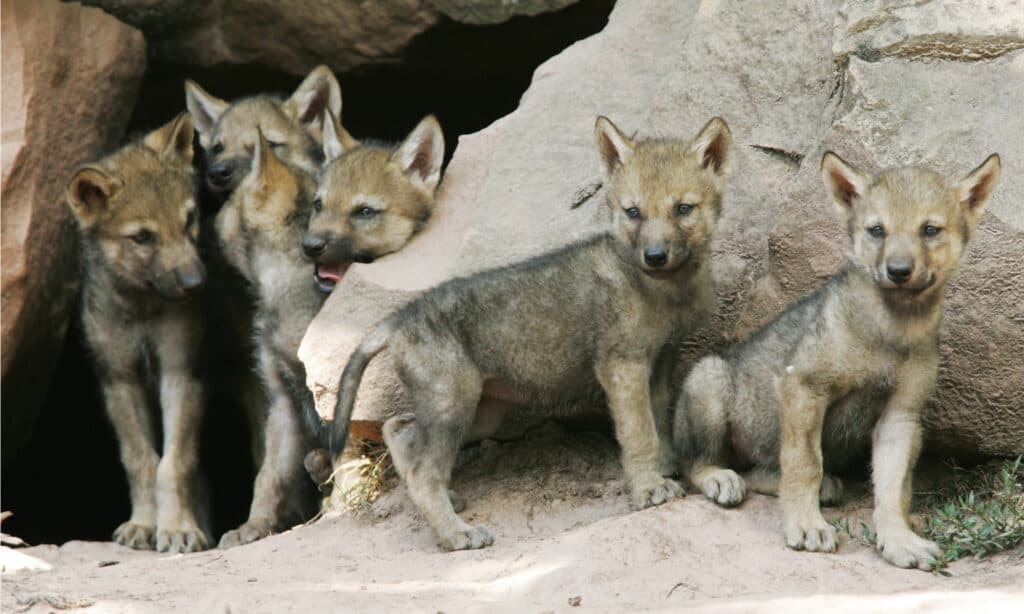
Wolves are one type of animal that uses a den.
©Bildagentur Zoonar GmbH/Shutterstock.com
In some circles, a den may be seen the same as a burrow. While it is true that they share many qualities, however, there are some differences. A den is a small cavern or hollow area. Oftentimes, these are located on the side of a hill. Many dens exist naturally as well, without the need for animals to dig or tunnel to create them.
Dens can be beneficial for many reasons. First, they offer shelter from the elements. In a den, rain and wind often are unable to reach the inhabitants. Dens are also naturally secure and may be overlooked by predators. However, extreme weather can take a toll on dens that aren’t sturdy, causing collapsing or flooding.
There are many different animals that live in dens. In fact, for most land animals, dens are one of the most common types of animal homes. In the wild, dogs and wolves may live in dens, as do other related species, like foxes.
2. Nest

Nests can vary in shape and size, ranging from the size of a thimble to large enough to fit a human!
©Mark Kostich/iStock via Getty Images
A nest is a specialized structure built to house eggs or underdeveloped young. Many times, these are constructed out of natural materials, such as twigs and plant stems. Some animals may also insulate or otherwise line the nest with their own feathers or fur. This fur can also be taken from other animals. When you first think of a nest, you most likely think of those in trees. However, nests can also be built on the ground.
Birds are some of the most well-known animals that use a nest. However, they aren’t the only ones. Squirrels will also build nests. Some owls use nests but won’t build them. Instead, they’ll make use of old abandoned nests built by other raptors or animals.
Nests can be beneficial as they are easily built to the needs of the nesting parents. However, severe weather can damage or even destroy a nest, which can be fatal for young offspring.
3. Burrow
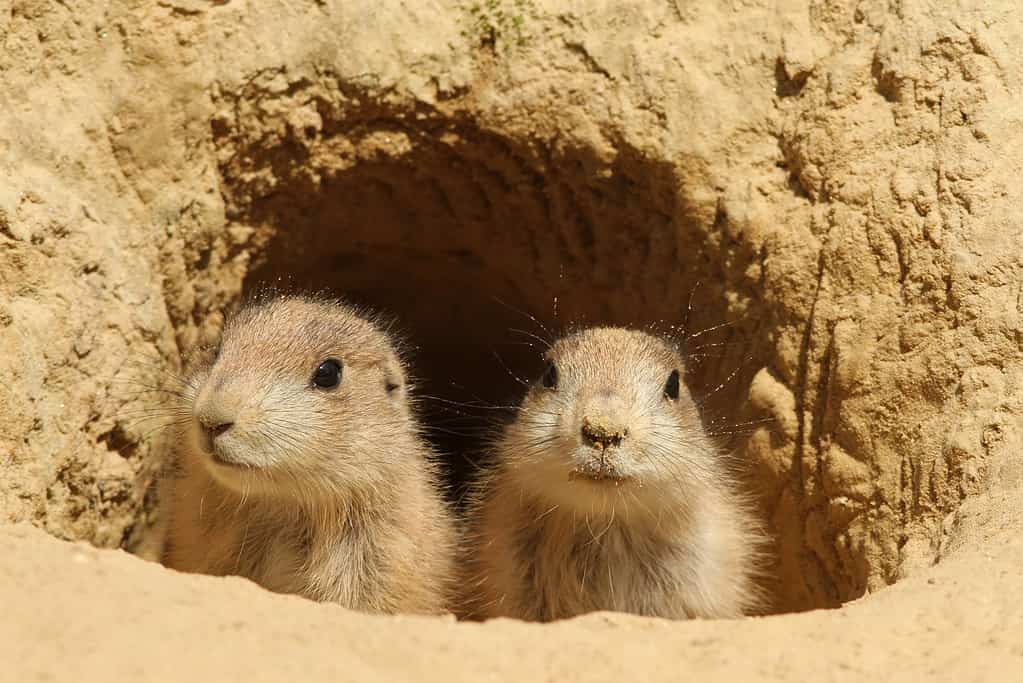
Animals that live in burrows dig the tunnels.
©Henk Bentlage/iStock via Getty Images
As mentioned above, burrows are similar to caves. However, burrows are typically dug by animals underground. They can include tunnels as well as spacious cavities. Burrows can serve many functions. Some animals may live in their burrows for their entire lives, while others use them only as a temporary means of shelter or protection. Sometimes, burrows are used only as a place to store food.
Many different animals call a burrow home. Some of the most notable include rabbits and moles.
4. Hive
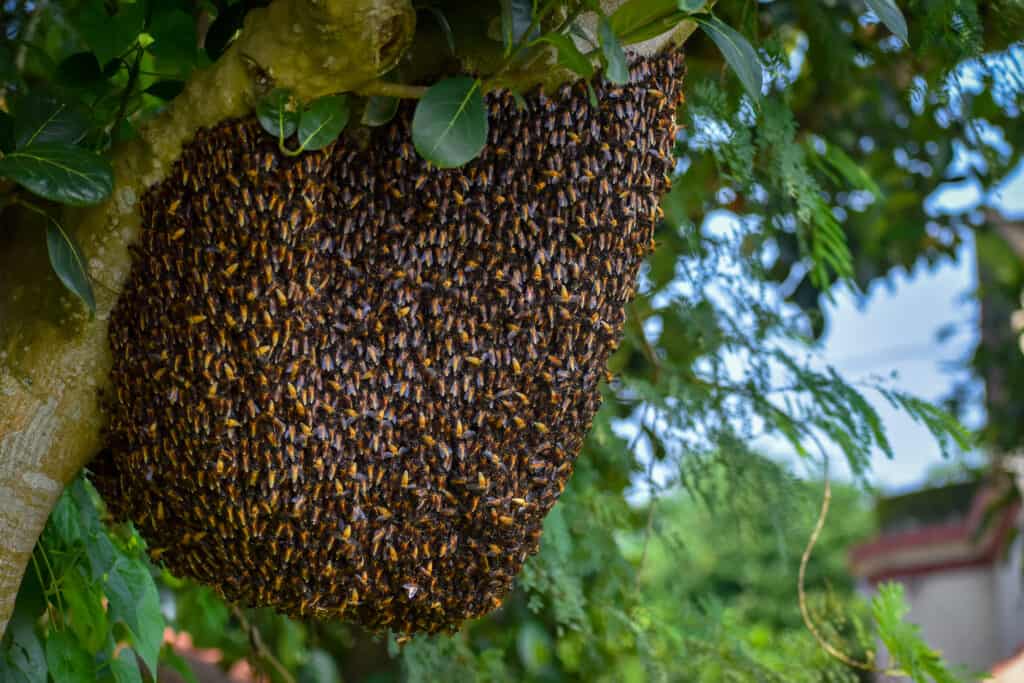
Hives act as the homes for bees and wasps.
©Nandalal Sarkar/Shutterstock.com
When you hear the word “hive,” you most likely think of a beehive. However, many different species of insects live in hives. A hive is simply an enclosed structure, usually with a specific hexagonal or cylindrical shape. Hive animals often live in large colonies, and much of their livelihood depends on their hive. This is because the hive is where they sleep, eat and produce food, and raise their young.
Some of the animals that live in hives include bees and wasps.
5. Caves
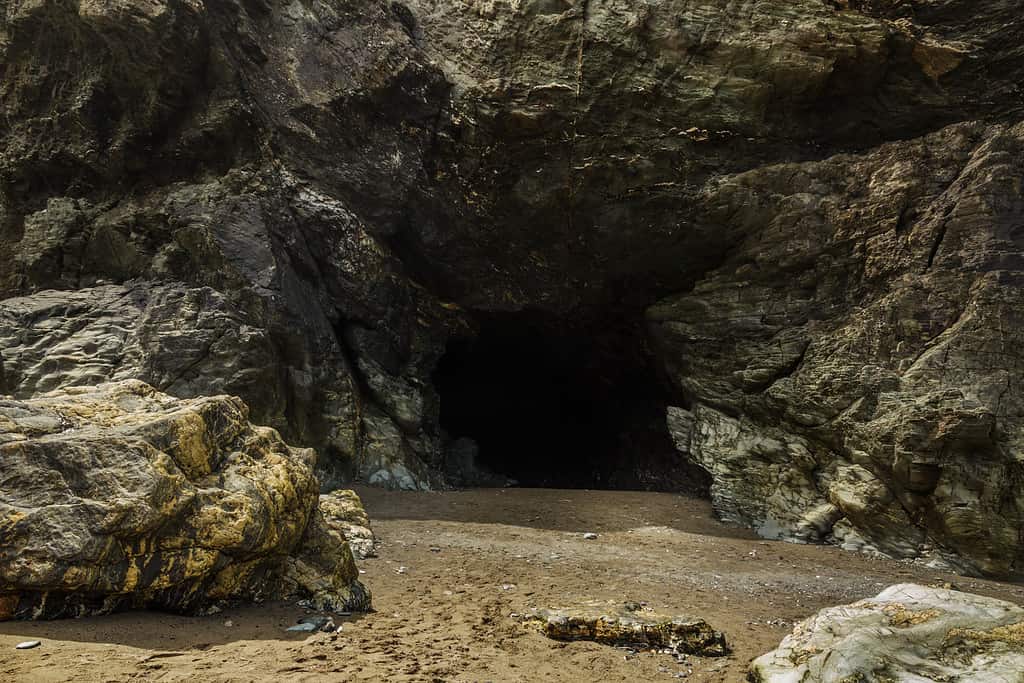
There are two types of cave residents: temporary and permanent.
©Manifestive_Media/iStock / Getty Images Plus via Getty Images
Animals that live in caves are known as troglofauna. Caves provide a large, safe structure in which several different species of animals may live together. The exact biodiversity of a cave ecosystem, however, depends on its size. Larger caves will be able to support a larger amount of animals.
Some animals will only use a cave on a temporary basis. This often involves spending only one or several nights within the cave before moving on. Animals that fall into this category include swifts, bats, and bears. Some elephants even frequent caves!
Other animals will spend the entirety of their lives in a cave. In this case, they often have specialized adaptations that are best suited to the unique living situation that is a pitch-black cave. These animals, known as troglobites, include a variety of amphibians, insects, and similar organisms. There are no known mammals that fall into this category.
6. Shells
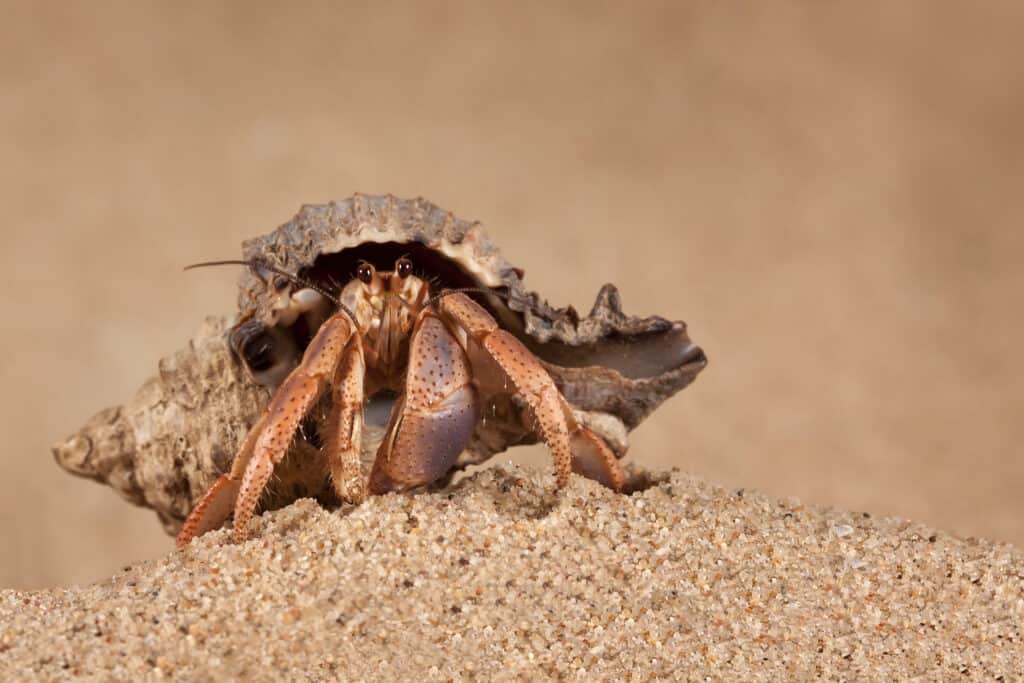
Some animals can take their homes on the move!
©Peterr R/Shutterstock.com
When thinking about the different types of animal homes, it can be easy to forget that some animals take their homes on the go with them! After all, when you’re learning about dens and burrows and caves, shells can be a strange comparison. However, there are many different animals that, although they live in a specific ecosystem, sleep and essentially “live” in their shells.
For many people, the shelled animal they are most familiar with is the turtle or tortoise. However, hermit crabs and other shellfish also get to call their shells home.
The photo featured at the top of this post is © Vishnevskiy Vasily/Shutterstock.com
Thank you for reading! Have some feedback for us? Contact the AZ Animals editorial team.







